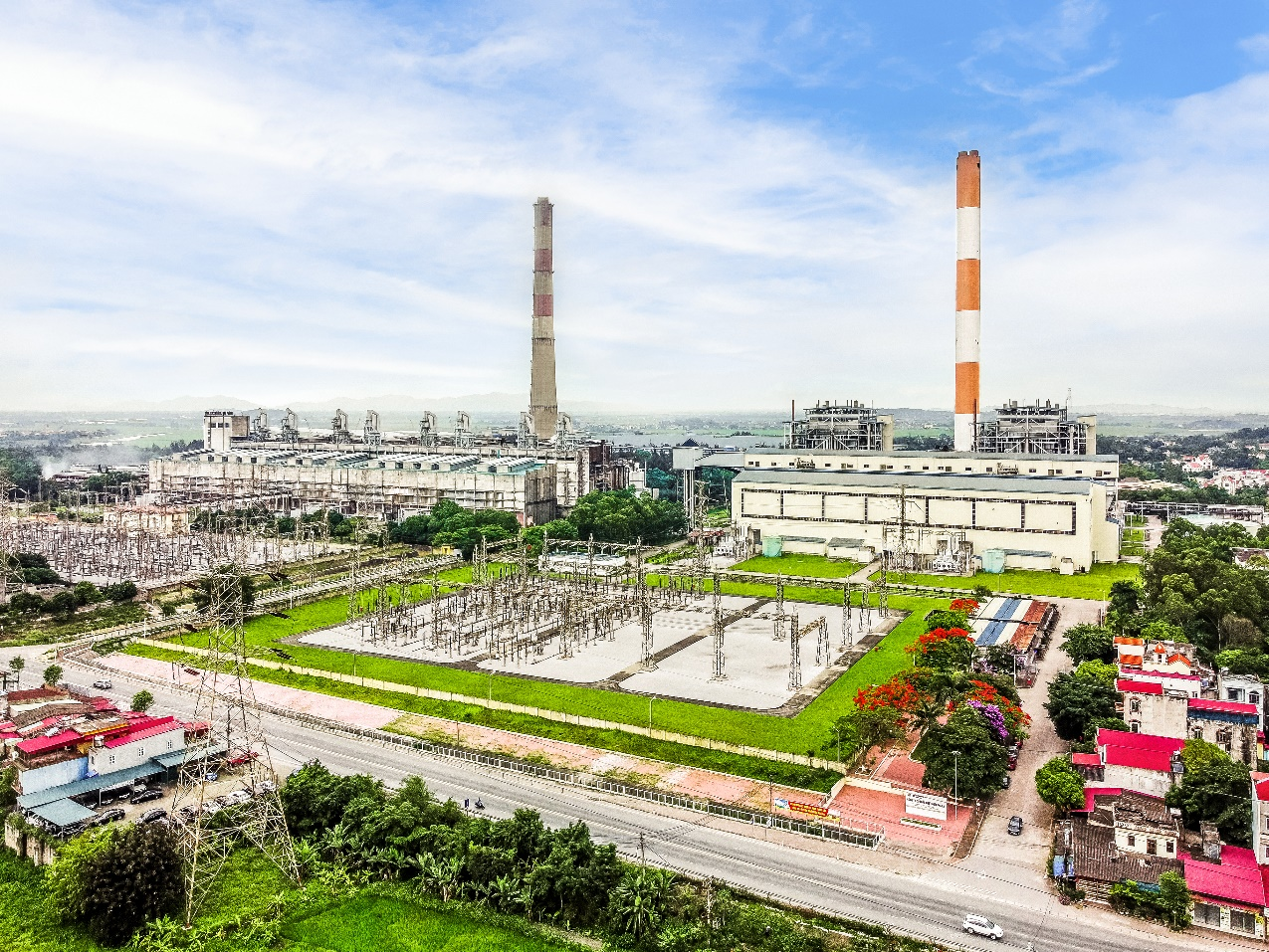Thạch Hãn wrote this article in Vietnamese and published it in Luật Khoa Magazine on September 29, 2025. Đàm Vĩnh Hằng translated it into English for The Vietnamese Magazine.
It comes to no surprise that “electric vehicles” has become the latest buzzword in Việt Nam, sparked by a directive from Prime Minister Phạm Minh Chính on July 12. The order mandates an aggressive, phased ban of fossil-fuel vehicles in Hà Nội, beginning in 2026 within Ring Road No. 1 and expanding to all personal vehicles within Ring Road No. 3 by 2030.
While the government insists this is a necessary step to curb pollution and promote green transportation, many are doubtful about the policy’s feasibility. Before one can even ask if electric cars will make Hà Nội cleaner, a more fundamental question arises: does Việt Nam even have the electrical grid capacity to support such a massive transition? Answering that requires a panoramic view of the nation’s electricity sector—its output, reserves, potential, and forecasts for meeting a dramatic surge in demand.
A Power Sector Heavily Dependent on Fossil Fuels
Việt Nam’s power supply remains heavily dependent on fossil fuels; more than half of the country’s power output still comes from coal-fired plants, not hydroelectricity. In the first quarter of 2025, of the total 72.2 billion kWh of power generated and imported, coal-fired plants accounted for 40.8 billion kWh (56.5%). Hydropower followed with 13.8 billion kWh (19.1%), renewable energy sources made up 16%, gas turbines produced 4.6 billion kWh (6.4%), and imported electricity contributed 1.8%.
Data from 2024 shows the same trend: of the 96.16 billion kWh generated in the first four months, coal power made up 59.2% (56.89 billion kWh) while hydropower contributed 15% (14.41 billion kWh).
Table: Comparison of coal-fired output and total national electricity output (2021–2025). Source: Thạch Hãn, compiled.

For decades, hydropower was the backbone of Việt Nam’s energy grid, with major projects like Hòa Bình (1,920 MW) and Sơn La (2,400 MW), and Lai Châu (1,200 MW) providing stable power for years. However, the potential of large-scale hydropower has been almost fully exploited. What remains are small projects that add little to the total output. This is a critical issue as national electricity demand continues to grow at 8–10% annually. Furthermore, hydropower is unreliable, as it is entirely dependent on rainfall and vulnerable to water shortages during the dry season.
Coal power, by contrast, has become the new backbone because it can operate consistently and its plants can be built closer to industrial and urban centers. This reliance on fossil fuels, however, raises another question: Will a mass switch to electric vehicles truly make the environment greener? Or, as electricity demand surges, will it simply mean burning more coal and creating new sources of pollution?
Imported Coal as a Power Source
Beyond the environmental issues, Việt Nam’s reliance on coal power creates another major problem: fuel security. Although coal dominates the nation’s energy mix, the fuel itself—coal—is not self-sufficient. Much of the fuel must be imported, meaning that as electricity production ramps up, so too will Việt Nam’s dependence on foreign coal.
Table: Coal import-export comparison, 2022–2025. Source: Thạch Hãn, compiled.
This may seem puzzling for a country that has numerous coal mines and is a coal exporter. The answer, according to Associate Professor, Dr. Trương Duy Nghĩa, President of the Vietnam Society of Thermal Science and Technology, is technical. Việt Nam mainly has anthracite coal, which burns incompletely, leaving 15–20% unburned carbon in the ash. Power plants require bituminous and sub-bituminous coal, which ignite faster but do not exist domestically. Each thermal plant is designed for a specific coal type, so a simple switch is not possible.
The scale of this dependency is massive. Some of Việt Nam’s 31 coal-fired power plants—with a combined capacity of 27,532 MW—run entirely on imported coal. In 2024, the Vĩnh Tân 4 Power Plant alone produced around 8.64 billion kWh. And in the first eight months of that year, these plants consumed 5.58 million tons of imported coal, with total consumption for 2025 expected to exceed 11 million tons. In just the first five months of 2025, coal imports reached 6.25 million tons, accounting for nearly 22% of total consumption. Coal has become a core fuel source for Việt Nam’s thermal power sector.

The consequence is easy to foresee. When electricity production depends on imported fuel, production costs—and therefore retail power prices—are vulnerable to fluctuations in the global market. If the government cannot stabilize these costs, price shocks will affect not only household budgets but the entire economy.
EVN Burdened by Soaring Import Costs
This dependency on foreign coal has become a financial crisis for the Vietnam Electricity Group (EVN).Việt Nam sources most of its coal from Australia, Indonesia, and Russia; in the first four months of 2025, these three countries accounted for 81.3% of total imports. Prices from these sources are extremely volatile. While they dropped in early 2025, they had spiked dramatically in 2022, with some coal prices quadrupling from 138 USD/ton to 705 USD/ton in a single year.
Table: Comparison of coal prices from Australia, Indonesia, and Russia (2023–2025). Source: Thạch Hãn, compiled.
This price volatility directly translates into massive losses for EVN and directly drives up its production costs. The state-owned company is caught in a trap: it must buy fuel on the volatile global market but sell electricity to the public at tightly regulated domestic prices. Even when prices fall, EVN often cannot benefit due to inflexible, long-term supply contracts.
The result is mounting financial pressure. By the end of 2024, EVN had recorded cumulative losses of nearly 45 trillion đồng. To offset this, the company has proposed including this deficit in its cost structure for calculating future retail prices. Given that average electricity prices already rose by 102.5% between 2009 and 2023, the direction of future prices seems clear.

The data on coal imports, production costs, and EVN’s massive losses reveal a stark paradox. The push for electric vehicles is framed as “green” and modern, yet it is tied to an energy system that is increasingly dependent on imported coal, economically unstable, and likely to result in higher costs for everyone. Energy security and economic stability will demand serious, long-term planning if Việt Nam intends to pursue this ambitious transition to electric vehicles.

